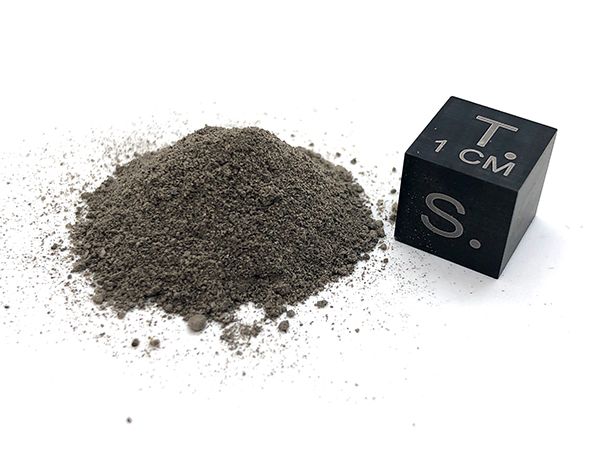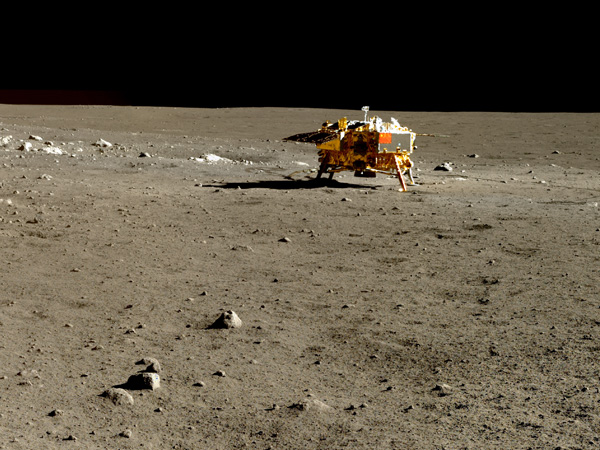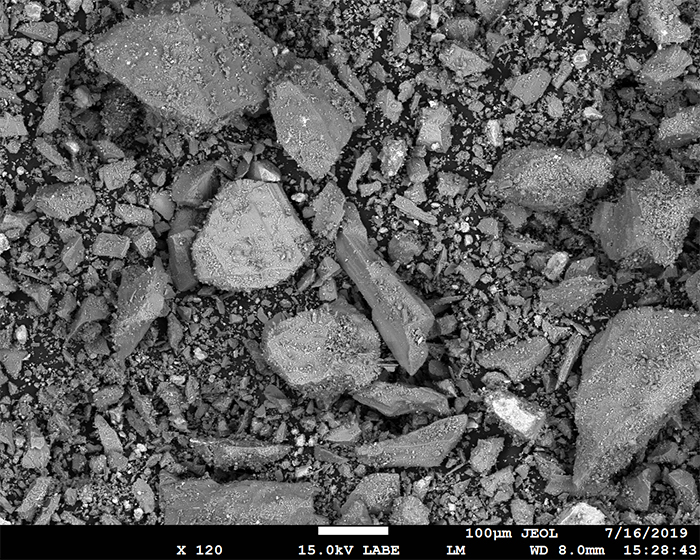Exolith Simulant: LMS-1 Lunar Mare Simulant
Mineralogy
| Component | Wt.% |
|---|---|
| Pyroxene | 32.8 |
| Glass-rich basalt | 32.0 |
| Anorthosite | 19.8 |
| Olivine | 11.1 |
| Ilmenite | 4.3 |
Simulant Name: LMS-1 Lunar Mare Simulant
Current Status: Available
Developed By: University of Central Florida
Publications: Long-Fox, J., Landsman, Z., Easter, P., Millwater, C., Britt, D., 2023. Geomechanical Properties of Lunar Regolith Simulants LHS-1 and LMS-1. Advances in Space Research, 71 (12), 5400-5412. https://doi.org/10.1016/j.asr.2023.02.034
Current Status: Available
Developed By: University of Central Florida
Publications: Long-Fox, J., Landsman, Z., Easter, P., Millwater, C., Britt, D., 2023. Geomechanical Properties of Lunar Regolith Simulants LHS-1 and LMS-1. Advances in Space Research, 71 (12), 5400-5412. https://doi.org/10.1016/j.asr.2023.02.034
UCF has ceased production of the simulant. The simulant is now offered by Space Resource Technologies, a spin-off company. You can reach Space Resources Technologies at the following email address: info@spaceresourcetech.com
The LMS-1 Lunar Mare Simulant has been developed by the CLASS Exolith Lab. It is a high-fidelity, mineral-based simulant appropriate for a generic or average mare location on the Moon. The simulant is not made of a single terrestrial lithology, but accurately captures the texture of lunar regolith by combining both mineral and rock fragments (i.e., polymineralic grains) in accurate proportions.
The particle size distribution of the simulant is targeted to match that of typical Apollo soils. LMS-1 does not currently simulate agglutinates or nanophase iron.
Images
Photograph of LMS-1:

Image of Chang’e 3 landing site on Mare Imbrium:

SEM micrograph of LMS-1 (courtesy of NASA JSC):
